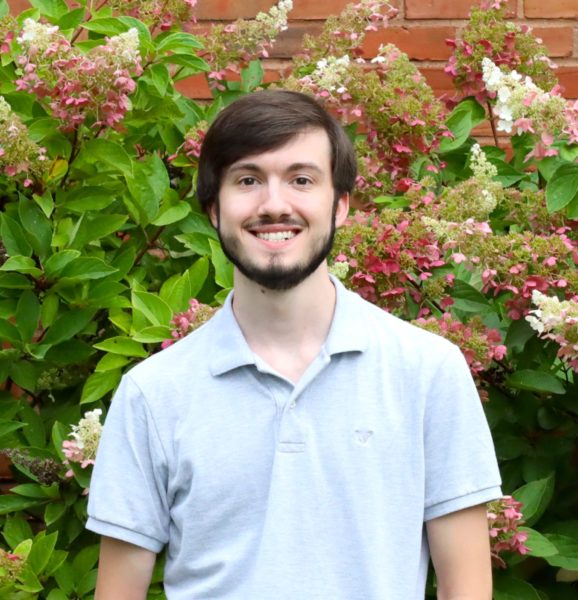Bilinovich: How CWRU falls short, even as a top university
April 15, 2022
The past few weeks have been stressful for many students at Case Western Reserve University. Between dealing with uncertainty over housing options, struggling with registration for classes, and contending with continually fluctuating COVID policies on campus, the CWRU community is understandably frustrated with the administration. When you factor in the recent increase in COVID-19 cases on campus following the recent drop of the mask mandate, there seems to be no break in sight.
All of these issues point to a serious lack of foresight and effective planning on the part of the administration.
Let’s not mislead ourselves here: CWRU is a very good university. Its website boasts impressive rankings: No. 1 in Ohio, No. 42 in the United States, and even No. 68 globally. In addition, the university’s collaboration with top-ranked hospitals allows students involved in health disciplines an excellent education.
But despite these outstanding statistics, our administration, in particular, suffers from grave flaws.
The housing debacle at the start of the semester provided a window into the executive departments of the university, laying bare the inefficiencies which plague their operations. Instead of considering every option the university had in front of them, they decided to worry the student population, preemptively declaring that housing would not be guaranteed. For students in tough financial situations, this move cast doubt on their living plans for subsequent semesters.
Luckily, after organized efforts by the student population and a show of support by the Undergraduate Student Government, the administration changed its decisions and was able to find housing for all upperclassmen. But the week of confusion and anger that the administration put CWRU students under is evidence that the administration’s problems are of their own doing.
As the myriad of emails from university officials at the time explained, an increase in enrollment for underclassmen was expected. Yet, despite having access to this knowledge, the university decided not to share it until they made a ludicrous decision that briefly jeopardized housing plans for upperclassmen. In the end, students suffered as a result of poor, ineffective planning.
CWRU’s enormous flaws extend far beyond just housing, though. The class registration system is another area where it falls short.
Trying to enroll in the many courses students need to take to graduate is a nightmare, especially for students involved in majors where it’s difficult to secure spots for classes. This results in some students to be shafted, forcing them to scurry and find courses that they can take, if there are any left.
Granted, there is room for nuance. Not every individual’s situation is exactly the same, and not everyone pursues the same educational path. Thus, it’s hard to pinpoint where the problem lies or who is to blame, but a collective annoyance with the class registration system should at least warrant a look into what the university can improve.
One aspect of class registration that is most definitely a problem is the registration website itself. Having hundreds or even thousands of students log on to SIS at the same time early in the morning is an ineffective method of enrollment. Every time, without fail, the website freezes due to the enormous amount of traffic in such a short period. Some students then have to wait only to find out that they couldn’t get into their required classes, while others are simply lucky enough to have clicked the enroll button at the right moment. This will only become more of a problem as we increase our enrollment here.
The fact that a top research university is unable to find a way to make this process more streamlined and less prone to technical failures is a glaring show of the administration’s lack of planning.
One final area that shows the university administration’s ineffectiveness is its COVID-19 policies.
For most of the pandemic, CWRU has surprisingly done a decent job of enforcing regulations and ensuring that the campus community is vaccinated. Official university data show that about 96% of the entire community—students, faculty and staff—are fully vaccinated. These high rates are something to celebrate, especially when the rest of Cuyahoga County is only 65% vaccinated, and Ohio sits at an abysmally low rate of 58%.
Despite these accomplishments in curbing the pandemic, CWRU has still found a way to make mistakes. The decision on March 16 to drop the mask mandate in most places on campus in conjunction with making testing optional for most students has led to issues that we now are facing.
As we’ve seen over the past week, the positivity rate on campus has been steadily increasing and is now at 8.6%—a total of 187 cases. This is worsened by the fact that isolation housing is now full, forcing the university to have students self-isolate in their rooms.
The decision to loosen mask restrictions by itself was not dangerous, but loosening testing policies as well has hampered the university’s ability to track where COVID is spreading, hampering prevention efforts. In the end, the students suffer from the university’s poor planning and organization.
As I mentioned already, CWRU is undoubtedly a good school. It has wonderful educational opportunities led by professors committed to their fields of study. The university offers many exciting and transformative opportunities and many great organizations to join, such as The Observer.
However, the administration should not get stuck in this trap of excellence—we must not have the mindset that an institution such as CWRU can do no wrong because it’s simply too good. Even top universities fall short, and CWRU is no exception.
The university prides itself on its motto: “Think beyond the possible.” For the sake of both the administration and the students, we need to think within the reasonable.


